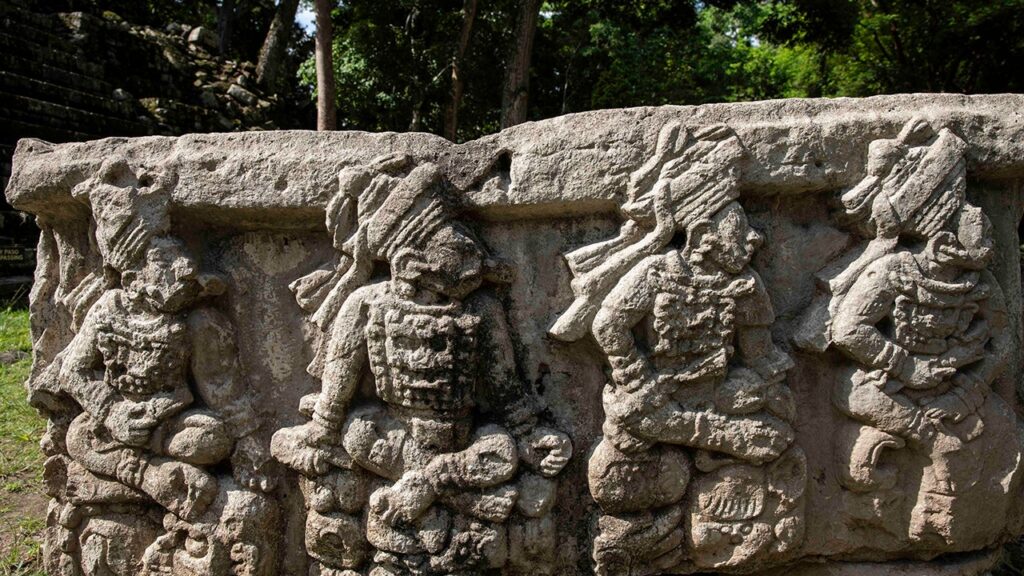Archaeologists have made a remarkable discovery in Belize, where they uncovered ancient canals estimated to be around 4,000 years old. These canals, believed to have been constructed by the early predecessors of the ancient Mayans, served a vital purpose as fish-trapping systems designed to catch freshwater fish. The study, which is gaining significant scholarly attention, employed innovative techniques including drone technology and Google Earth imagery. These modern tools were instrumental in identifying the unique zigzag patterns that characterize these canals, a significant finding outlined by study co-author Eleanor Harrison-Buck from the University of New Hampshire.
The origins of these canals date back to approximately 2000 BCE, and they remained in use until around 200 CE, illustrating a continuity of tradition among the Mayan descendants. This excavation and the subsequent findings contribute to a deeper understanding of ancient Mesoamerican societies, highlighting their ingenuity in managing natural resources. The investigation into these canals is detailed in the journal *Science Advances*, where the authors emphasize its significance as the earliest known large-scale Archaic fish-trapping facility in the region. They hypothesize that the establishment of such complex structures may have been a strategic response to long-term climate disturbances that were documented between 2200 and 1900 BCE, suggesting an adaptive resilience among these communities.
The study highlights the technological aspects of the canals, which likely included “barbed spearpoints” found in proximity to the fishing sites. These tools were conventionally tied to sticks and utilized along the canals for spearing fish, as detailed by co-author Marieka Brouwer Burg from the University of Vermont. The implications of these findings are profound, pointing to an advanced level of planning and resource management by the prehistoric inhabitants of the area.
Complementing this research, University of Pittsburgh archaeologist Claire Ebert, who was not directly involved in the study, remarked on the striking nature of these large-scale modifications to the landscape that occurred so early in human history. She noted that the development of such aquatic systems demonstrates that these semi-nomadic peoples were not only capable of constructing significant structures but were also actively engaging in complex ecological management practices. Ebert further mentioned that the Mayan civilization is generally better documented in archaeological records, with various ruins like Chichen Itza offering insights into their sophisticated culture, which included advancements in writing, mathematics, and astronomy.
This investigation serves not only to unravel the social and ecological habits of the ancient Mayans but also brings to light the broader implications of how societies interact with their environment over time. The canals represent a critical link to understanding the lifestyle and survival strategies of an early civilization that thrived in the vibrant ecosystems of ancient Mesoamerica. Furthermore, as more studies like this emerge, they enrich the tapestry of knowledge regarding the dynamic histories of indigenous populations in the Americas, revealing the intricate and adaptive measures they employed long before the arrival of European settlers.
In summary, the discovery of these canals in Belize underscores the innovative practices of early societies and their responses to environmental challenges. It opens new avenues for exploring the technological capabilities and cultural richness of the ancient Mesoamericans, particularly their descendants, the Mayans. As this field of study continues to evolve, it promises to reveal even more about our shared human history and the diverse ways in which early peoples navigated their world.



